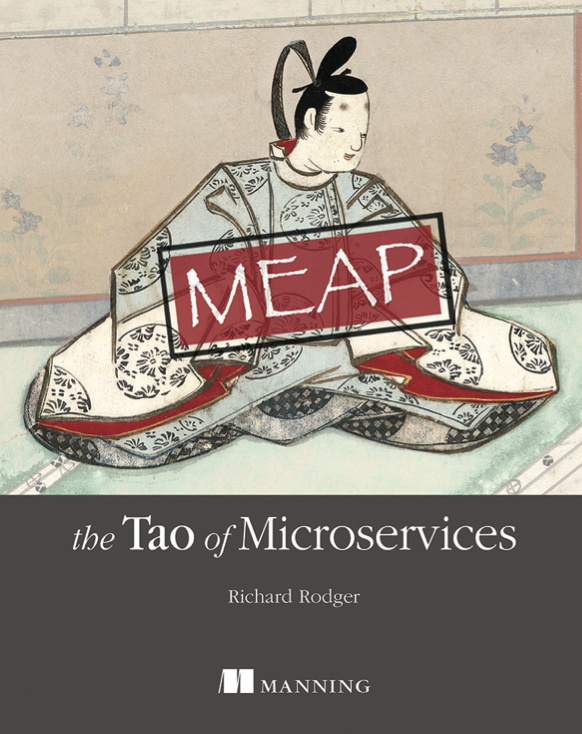I have changed the price of our first product, CSV Manager from $97 to $47, for the entry level license. This was not an easy decision. No pricing decision ever is.
CSV Manager was launched in September 04, so I do have a lot of data on sales at the $97 price point. Enough to generate a reasonable estimate of the value of the demand curve at that point. But it really is a black art. I have decided that the information obtained by changing the price is more valuable than the possible loss of revenue.
But there is another factor. One of the drivers for starting a business is to solve problems for people. To “create value”, to put it in marketroid-speak. So what is value? What is wealth, in fact? People are wealthier when they get more for less. In this century, we have indoor plumbing. Two hundred years ago, you had to be Queen Victoria if you wanted enamel. Another example: Virgin Galatic. Pretty soonish you'll be able to view the final frontier for less than the price of nice house. Space is quite a bit more accessible than it was in 1969. So providing value is just the same as creating wealth. More for less makes you money. The true purpose of a good business is to make its customers wealthier. That's what Henry Ford did with the Model T, that's what Skype is doing today. A good business makes money for its customers.
And the purpose of technology is to make stuff cheaper. A true technology company keeps lowering its prices. Year-in, Year-out. That's why Ricebridge prices will get lower each year.
So why is XML Manager priced at $97, the old, high price? Because it's a new product. It has to prove itself in the market. Once that happens, and sales ramp up, we turn on the wealth tap and make it cheaper.
You may be thinking, “this guy is nuts! He's throwing money away!” Maybe, but our code is there to be used. The more it is used, the more valuable it becomes. More users mean more squashed bugs, more FAQs, more feedback, more features, and so on. By the way, that's what makes Open Source work so well – many eyeballs. Well, we have to earn a living, so we can't Open Source our products, but we can approach Open Source, asymptotically. And in doing so, we end up with products that people want to use, not products that they are forced to use.
These ideas are similar to Jonathan Schwarz's thoughts on “Volume”. Now he does go on a bit, but he's basically right. Giving people more power to get stuff done is the purpose of a tech company. (hey, Jonathan, where's my server? hope you're not just keeping them for the big boys. I have benchmarks too you know!)
So this is all nice and warm and fuzzy, especially for new customers – cheaper stuff, Yay! It's not so nice for existing loyal customers though. They get a wee bit annoyed, and rightly so, when stuff they just bought gets cheaper overnight. So here's a pledge: If you are an existing Ricebridge customer you will always get a nice big fat discount on new stuff. And even then, if you think you've been treated unfairly, just let us know, and we'll find even more free stuff for you.
Well, what do you think? Am I about to run my company into the ground?

 Except, the local credit union car park, right next door, is empty. I'd say it's the great big scary “we will clamp you and your children unto the seventh generation” sign. So nobody has dared disgrace this tarmac. They've parked illegally everywhere else, but not in this car park.
Except, the local credit union car park, right next door, is empty. I'd say it's the great big scary “we will clamp you and your children unto the seventh generation” sign. So nobody has dared disgrace this tarmac. They've parked illegally everywhere else, but not in this car park.

